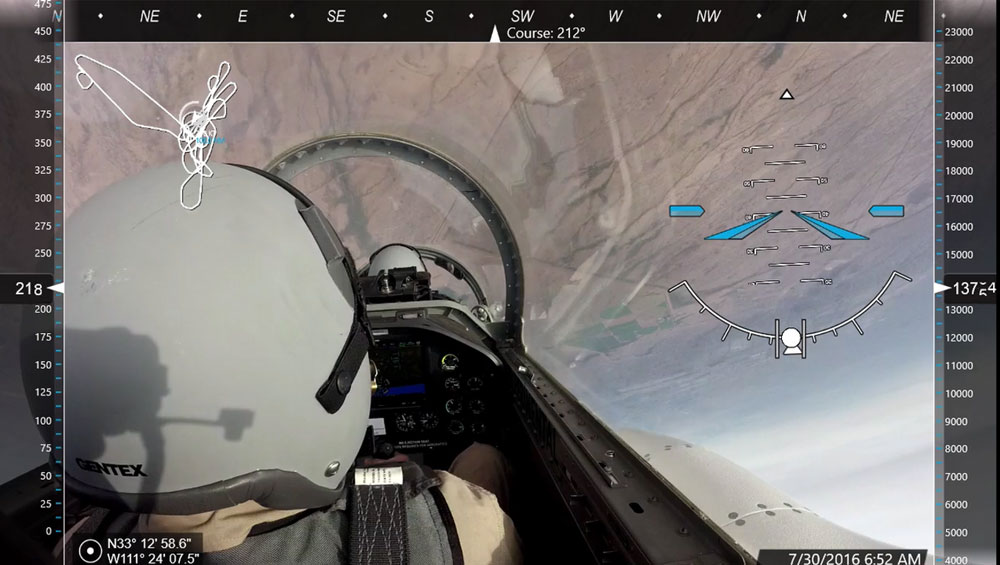
Upset Prevention and Recovery Training, often referred to as UPRT, is advanced flight training which mitigates the risk of Loss of Control In-flight (LOC-I), aviation’s number one cause of fatalities, by helping pilots gain the skills necessary to recognize, prevent, and if necessary, recovery from an unexpected airplane upset.
UPRT by Any Other Name
UPRT has often been referred to by other terms including emergency maneuver training, stall/spin awareness & recovery, advanced maneuvers training, upset recognition and recovery training, upset recovery training and more. However, these terms are not synonymous, as many of them were derived during a period of time where this training was evolving before reaching its current, mature state. The term Upset Prevention and Recovery Training (UPRT), as used by ICAO in its Manual on Aeroplane Upset Prevention and Recovery Training (ICAO Doc 10011) and by the FAA in Advisory Circular 120-111 Upset Prevention and Recovery Training, is specific and both documents outline industry standards. ICAO Doc 10011 accurately describes the emphasis on awareness and prevention that is essential to effective UPRT. It also focuses on the significance of learning recovery techniques to further increase upset prevention. Stall awareness, prevention and recovery make up only a subset of UPRT and are comprehensively addressed by UPRT.
Is UPRT Effective?
Comprehensive UPRT, taught according to industry accepted best practices, has several demonstrated benefits, most importantly, preventing LOC-I and reducing related aircraft accidents. In fact, because UPRT has been proven to reduce accidents related to LOC-I, in 2014 ICAO distributed the Manual on Aeroplane Upset Prevention and Recovery Training and in 2015 the FAA released the FAA Advisory Circular 120-111 on Upset Prevention and Recovery Training. By 2019, all Part 121 carriers in the US will be mandated by the FAAto address training unique to the UPRT domain including stall, upset, and advanced handling conditions in response to mandates issued by US Congress in Public Law 111.216.
UPRT is both necessary and effective because standard pilot training does not delve into flight outside the normal operating envelope. Therefore, pilots are unfamiliar with the often counterintuitive inputs necessary to return the aircraft to the normal flight envelope. In fact, natural pilot responses in the normal envelope may actually worsen the situation and create disastrous results if applied in certain upset situations. Additionally, pilots without the benefit of UPRT are not accustomed to the human factors of startle and surprise that can derail pilots’ attempts to correct an airplane upset, with the extreme stress that will be encountered in a time-sensitive, life threatening situation. Proper UPRT extensively trains pilots to proficiency in the manual handling skills necessary to overcome LOC-I, and on-aircraft training allows pilots to experience the human factors present, and ingrains skills necessary to overcome them.
What Is Required for Comprehensive, Effective UPRT?
While differences can be found in the methods, goals and components of UPRT by different training providers, it is easy to measure these methods against industry accepted standards to gain an understanding of the necessary components of effective UPRT. The Every Pilot In Control Solution Standard™ outlines the critical factors for UPRT implementation, each of which has specific criteria and methodologies that ensure the absolute best practices for teaching upset prevention and recovery skills are being adhered to. The seamless integration of these Six Critical UPRT Program Implementation Criteria provides consistent, standardized training that not only achieves lasting and effective upset prevention and recovery skill development but also accomplishes a valuable, enjoyable and transformational training experience.
UPRT is a critical component of pilot training that is often overlooked in industry sectors where the training is not yet mandated. The primary purpose of the training is to save lives by helping pilots develop the skills necessary to bring everyone home safely, but there are many other benefits of UPRT that are valuable to individual pilots and flight departments in all sectors of aviation.
Comments: